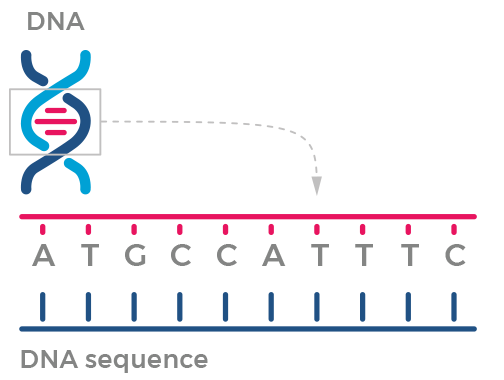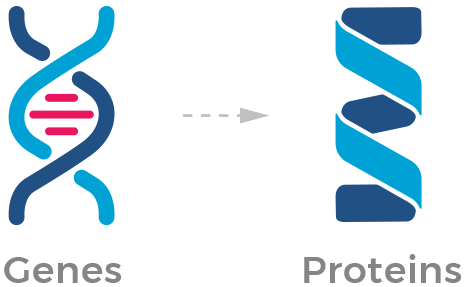What if we could repair broken genes
Correcting Genes
We are pioneering the possible. Our mission and commitment is to harness the power and potential of GenomeGo gene editing to develop a robust pipeline of medicines for people living with serious diseases around the world. Our goal is to discover, develop, manufacture, and commercialize transformative, durable genomic condition for many diseases.
Genetics

DNA Mutations and Disease
Our genes can also be a source of disease.
Small breaks in our DNA are incredibly common and are normally uneventful. DNA breaks can happen from sunlight, for example, or during cell divisions that happen as we grow. Our cells have built-in DNA repair processes that constantly fix these breaks as they occur.
However, breaks are sometimes repaired incorrectly, creating what is known as a mutation. Mutations can occur spontaneously or be passed down from our parents. Mutations can also change how our cells function, and may lead to serious diseases such as sickle cell disease (SCD), Leber congenital amaurosis 10 (LCA10), cancer, and many others.
Gene Editing
Gene editing seeks to change DNA sequences within living cells. Gene editing has the potential to correct inherited or acquired genetic errors. To change a DNA sequence, two basic steps are required: first, to locate the DNA sequence of interest, and second, to correct that DNA sequence. We search for specific DNA sequences using proteins that naturally recognize DNA sequences. Several of these proteins can be reprogrammed to recognize a desired DNA sequence, thereby enabling the location of genes with mutations. Mutated DNA sequences can be corrected in many ways, including introducing a controlled DNA break, the most common form of gene editing. This controlled break, referred to as a DNA double-strand break, enables, in general, four types of changes.


